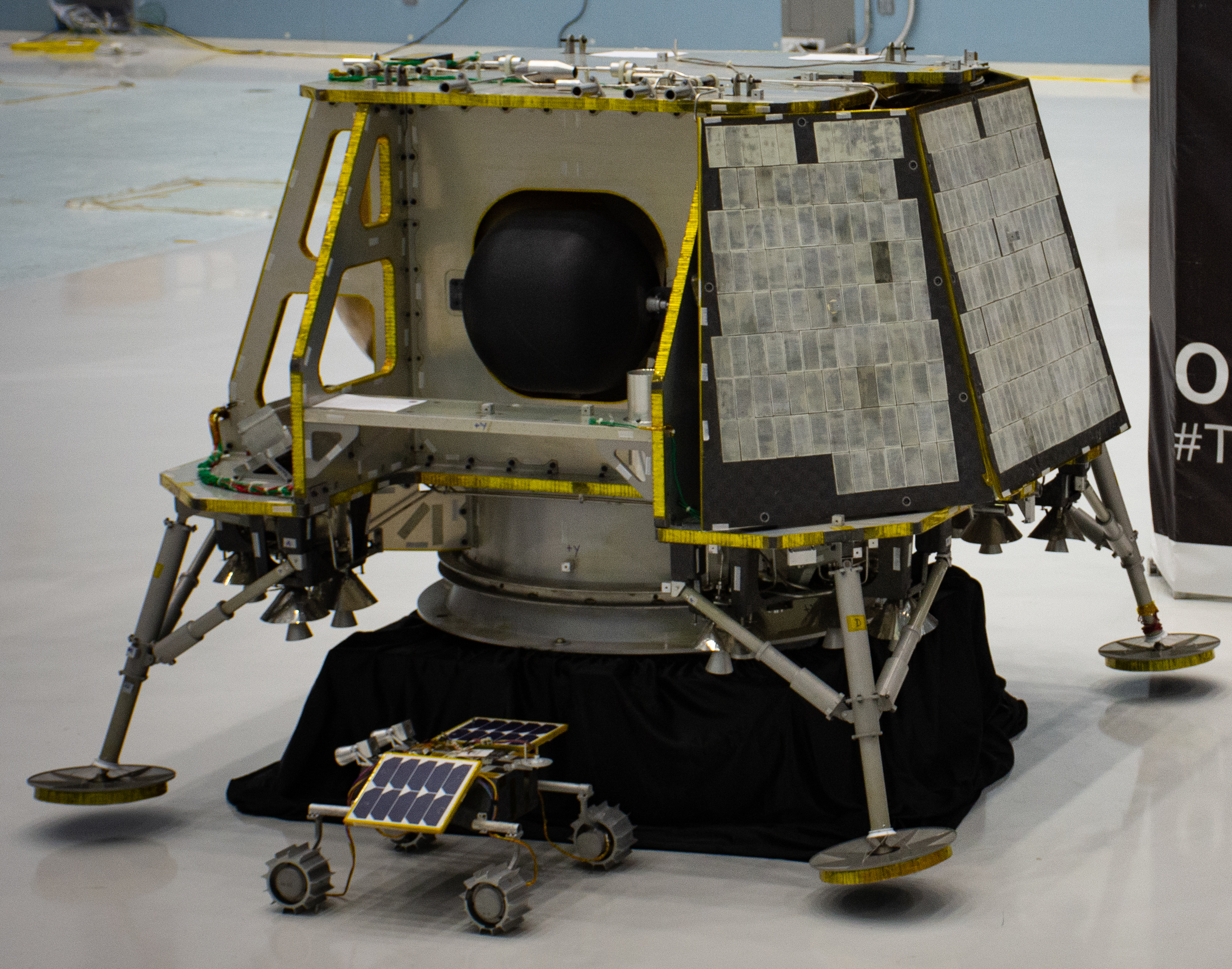 Private Lander Makes Historic US Moon Landing After 50 Years, Signal Weak
Private Lander Makes Historic US Moon Landing After 50 Years, Signal Weak
In a historic achievement, a private lander successfully touched down on the moon, marking the first U.S. touchdown in over 50 years. Although the communication was weak initially, flight controllers were able to establish better contact. The lander, built and managed by Intuitive Machines, landed upright, but further details about its intended destination near the moon’s south pole were not provided. Despite the weak signal, mission director Tim Crain confirmed that their equipment was on the lunar surface.
Steve Altemus, CEO of Intuitive Machines, expressed relief at the accomplishment, stating, “I know this was a nail-biter, but we are on the surface and we are transmitting. Welcome to the moon.”
Data began streaming in two hours after touchdown, signifying a successful mission. With this landing, the United States reclaims its place on the lunar surface since NASA’s iconic Apollo moonwalkers. Intuitive Machines also became the first private company to achieve a lunar landing, joining the ranks of only five countries that have accomplished this feat. Last month, Astrobotic Technology, another U.S. company, attempted a lunar landing but failed to reach its destination and crashed back to Earth. Both companies are part of a NASA-supported program aimed at kick-starting the lunar economy. Astrobotic congratulated Intuitive Machines on their achievement and expressed eagerness to join them on the lunar surface in the near future.
NASA Administrator Bill Nelson commended Intuitive Machines for their successful landing, stating, “Intuitive Machines ‘aced the landing of a lifetime.'”
The final hours before touchdown were filled with additional stress as the lander’s laser navigation system malfunctioned. The company’s flight control team had to rely on an experimental NASA laser system as a last-minute solution. The lander circled the moon one more time to allow for this switch. Finally, Odysseus descended from its moon-skimming orbit and guided itself towards the surface, targeting a relatively flat spot near the moon’s south pole amidst the cliffs and craters.
As the expected touchdown time passed, controllers at Intuitive Machines’ command center anxiously awaited a signal from the spacecraft, which was approximately 250,000 miles (400,000 kilometers) away. After nearly 15 minutes, the company announced that they had received a weak signal from the lander. The six-footed carbon fiber and titanium lander, towering at 14 feet (4.3 meters), carried six experiments for NASA. The space agency provided $118 million to Intuitive Machines for the construction and flight of the lander as part of their efforts to commercialize lunar deliveries in preparation for future astronaut missions.
Intuitive Machines’ achievement is the latest in a series of landing attempts made by various countries and private organizations aiming to explore and potentially capitalize on the moon. Japan recently achieved a lunar landing, joining previous successes by Russia, the United States, China, and India. The United States had previously withdrawn from lunar exploration after the Apollo program successfully placed 12 astronauts on the moon’s surface in 1972. Astrobotic, based in Pittsburgh, attempted a lunar landing last month but faced challenges due to a fuel leak that caused the lander to reenter Earth’s atmosphere and burn up.
Intuitive Machines’ target landing site was approximately 186 miles (300 kilometers) away from the moon’s south pole, closer to the pole than any other spacecraft has ventured. The location is surrounded by boulders, hills, cliffs, and craters that could potentially contain frozen water, making it an enticing prospect for exploration. The lander’s real-time programming allowed it to select the safest spot near the Malapert A crater.
The solar-powered lander was designed to operate for a week until the onset of the long lunar night. In addition to NASA’s experiments, Intuitive Machines also accommodated other payloads, including Columbia Sportswear’s newest insulating jacket fabric, 125 mini moon figurines crafted by sculptor Jeff Koons, and a set of cameras from Embry-Riddle Aeronautical University to capture images of the lander’s descent.
The successful landing of Intuitive Machines’ private lander on the moon marks a significant milestone in lunar exploration and paves the way for future endeavors. With the growing interest in the moon’s resources and potential for scientific discoveries, this achievement reinforces the importance of collaboration between public and private entities in advancing space exploration. As the United States renews its focus on lunar missions, the possibilities for further discoveries and advancements appear promising.